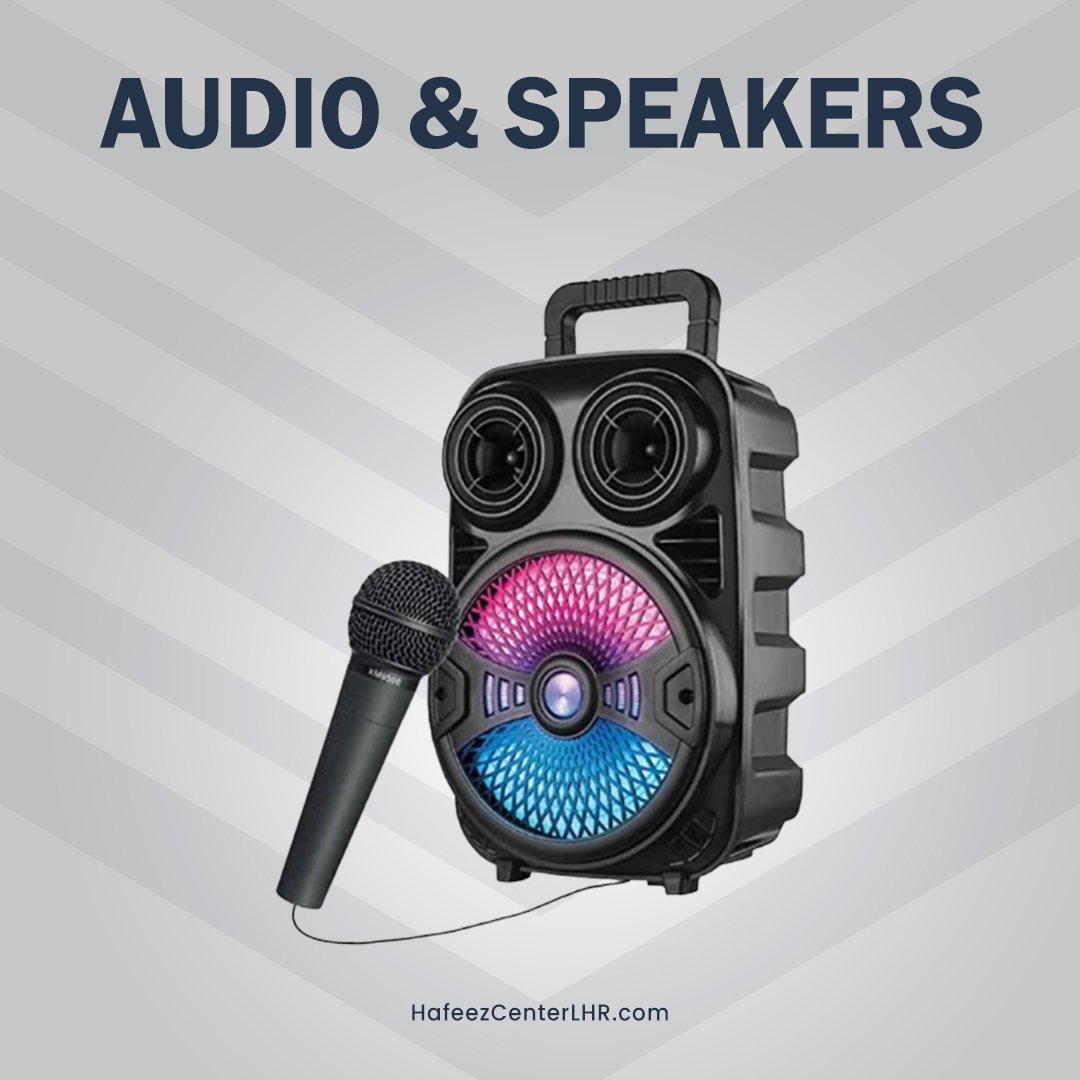
Samsung and Google’s New Mixed Reality Headset: Project Moohan
December 13, 2024
A Look at the Latest HP Printer Models and Their Prices in Pakistan
December 16, 2024Noise-canceling technology works by reducing or eliminating unwanted background noise using a combination of hardware and software techniques. The primary method involves active noise cancellation (ANC), which is based on the principles of sound wave interference. Here’s how it works:
1. Understanding Sound Waves
- Sound travels in waves, with peaks (compressions) and troughs (rarefactions).
- Noise-canceling systems focus on these wave patterns, particularly from external sounds.
2. Microphones Capture Noise
- Noise-canceling headphones or devices have built-in microphones that detect ambient noise in the environment.
- These microphones analyze the characteristics of the external sound, including its frequency and amplitude.
3. Anti-Noise Generation
- After detecting the ambient noise, the system generates a sound wave that is the exact opposite (or “anti-phase”) of the detected noise.
- For example, if the external noise wave has a peak, the system produces a trough, and vice versa.
4. Destructive Interference
- When the anti-noise wave combines with the original noise wave, they cancel each other out through a process called destructive interference.
- This results in the elimination or significant reduction of the unwanted noise.
5. Real-Time Processing: How Does Noise Cancelling Work?
- The system processes noise and generates anti-noise in real-time using advanced digital signal processors (DSPs).
- This ensures continuous and seamless noise cancellation, even as environmental noise changes.
6. Types of Noise Cancelation
- Active Noise Cancellation (ANC): Uses anti-noise waves as described above.
- Passive Noise Isolation: Relies on physical barriers like earcup padding to block out noise. The headphone earpad plays a crucial role in this, as its materials and design help to seal out external sounds.
- Hybrid Systems: Combine ANC and passive noise isolation for enhanced performance.
By understanding the differences between noise isolation vs. noise cancelling, you can choose the option that suits your lifestyle. Additionally, the performance of noise-canceling headphones depends significantly on their headphone drivers. These drivers convert electrical signals into sound, influencing the audio quality and clarity, even when external noise is minimized.

7. Limitations
- Noise-canceling works best with constant, low-frequency sounds like engine hums or air conditioning. It’s less effective against sudden, high-frequency sounds like shouting or clapping.
- Some users may experience slight pressure on their ears due to the active processing.
This technology is widely used in headphones, earphones, and even certain environments like airplane cabins to create a quieter and more comfortable experience.
Now that you’ve learned how does noise cancelling work, it’s time to explore the best noise-canceling headphones.













